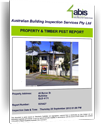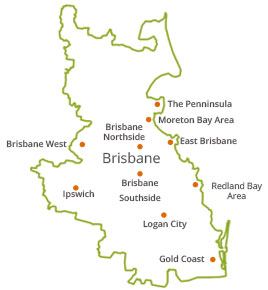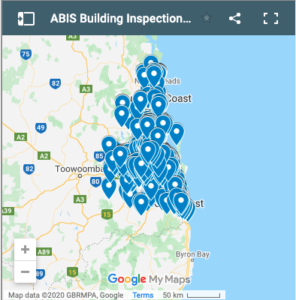Top 10 Time-Tested Building Defects
ABIS will guide you through the top 10 building defects that happen over time – the more reason for you to go beyond ‘the building looks good.’
1. Plumbing Faults
This is often a consequence of poor building inspection before the structure is finished. The Damp Proof Course (DPC) or even water heater could be the reason for damp walls. An increase in the ground levels may affect the average standard of the DPC leading to accumulation of water inside the building walls.
2. Poor Roofing Materials
When there are leaks in the roof or the deck is rotting as a result of the moisture caused by high humidity or dampness, the roof will suffer as well. If slate coverings are used, nails will soon get rusty and cause the slates to shift out of place. With concrete or clay tile coverings, the materials themselves soon erode, bringing about a very ugly outlook for the building.
3. Foundation and Structural Damage
Unsurprisingly, the core structure of a building can be very defective if the foundation is incorrectly measured. Surprisingly, it happens more often that what you would think. Foundation and structural damage are more expensive to manage because it often affects more than one portion of the building. Many properties look good on the outside but are cracked internally.
4. Hasty Construction
When the builders employed to build a house is not licensed or experienced, they usually just gamble their way around the construction methods. It is a cost-cutting measure that ironically will cost you thousands in the future. Always check the credibility of builders, ensure they are authorised and can deliver the most cost-effective building construction service to you. You do not want your building to crumble in a few years.
5. Drainage Issues
Problems with drainage often come up due to boycotted water outlets. When a gutter is blocked, it can affect the entire structure of a building and lead to future failures if not quickly addressed. Even bad rainwater drainage systems can result in leaks that can potentially ruin the walls and reduce the quality of the building structure.
6. Cracked Ceramic Floors
Although ceramic tiles make a building look distinct and classy, if the undersurface is poorly cemented, the tiles are bound to break very early.
7. High Humidity Level
A proper ventilation system is imperative, especially if you do a lot of cooking within a building or internal washing and drying. Sometimes, windows alone may not serve the purpose of ventilation effectively. Cold surfaces will suffer from moisture, and even uPVC windows and door contribute to this. In saying that, not all uPVC windows prevent air ventilation. Some new ones have been improved upon to aid how temperature drops and increases the level of humidity.
8. Electrical Defects
When electric panels and units are poorly installed, a building is exposed to fire incidents. Non-professionals are advised not to fix the electrical components in your building. If your building lacks a safety switch, it is best to say no. Even poorly-fitted home wiring and connections could increase the cost of future repairs.
9. Pest Inspection
Many property owners ignore the need for building and pest inspection for their properties. A proper building and pest inspection should be accompanied with Thermal imaging to properly inspect for pest infestation. Properties with termite history should be checked regularly for termites.
10. Waterproofing Problems
Many building owners opt for flat roofs in place of pitched roofs, in turn, exposing their buildings to leakages that could easily be prevented. Mistakes like wrong installations or lowered systems can bring about many complications for building owners. This also covers internal waterproofing, such as common wet areas of bathrooms, showers, and the likes.




